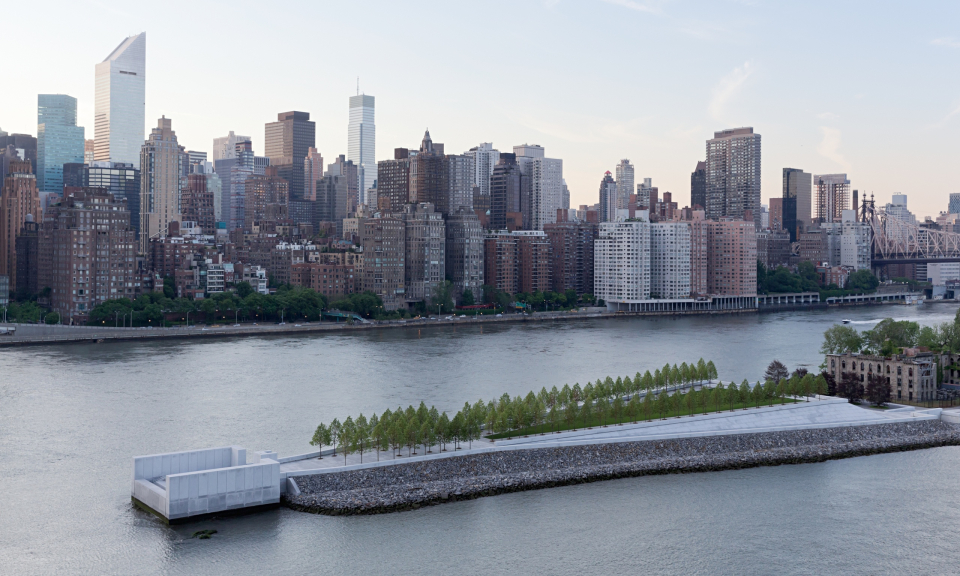Exhibition/Review - Louis Kahn: the Power of Architecture
When the American architect Louis Kahn collapsed from a heart attack in the toilets of New York's Penn Station in 1974, he left behind a lot of loose ends. There were three children, by three different women, who lived within a few miles of each other but would only meet after his death. There was his dwindling practice, which he left $500,000 in debt. And, tucked away in his sketchbooks, was a complete set of drawings for an unrealised project – one that would lie dormant in his archive for almost 40 years.
Some of these drawings will be on display in Britain for the first time next week, in a captivating retrospective of the architect's work at the Design Museum in London. The show unpicks the career of this late-flowering master, who only completed his first building in his 50s, but whose projects have proved to be some of the most influential of the 20th century. From the sun-baked Salk Institute for Biological Studies in California, where a plaza open to the Pacific is framed by rows of study rooms, to the cosmic courtyards of the Indian Institute of Management in Ahmedabad, his buildings have the power of ancient ruins, their massive, monolithic forms possessing a timeless, otherworldly air.
Some of these sketches, scribbled in pencil and charcoal with a scruffy energy, depict a box, from which extends a long, tapering, indistinct landscape. Others feature a strangely geometric comet leaving a misty trail of trees in its wake. Others still show a truncated triangle capped with what could be an all-seeing eye, much like the sinister Great Seal on the back of one-dollar bills.
...
While the park project only occupies a small part of the Design Museum's show, it is a work of enormous personal significance for Kahn. Before he landed his first commission, for the Yale University Art Gallery at the age of 50, he had spent the early part of his career working on social housing, designing more than 2,500 apartments and houses as part of Roosevelt's New Deal. As the son of Estonian immigrants who had escaped profound poverty, Kahn was hugely impressed by Roosevelt and the New Deal, seeing himself as one of its beneficiaries.
